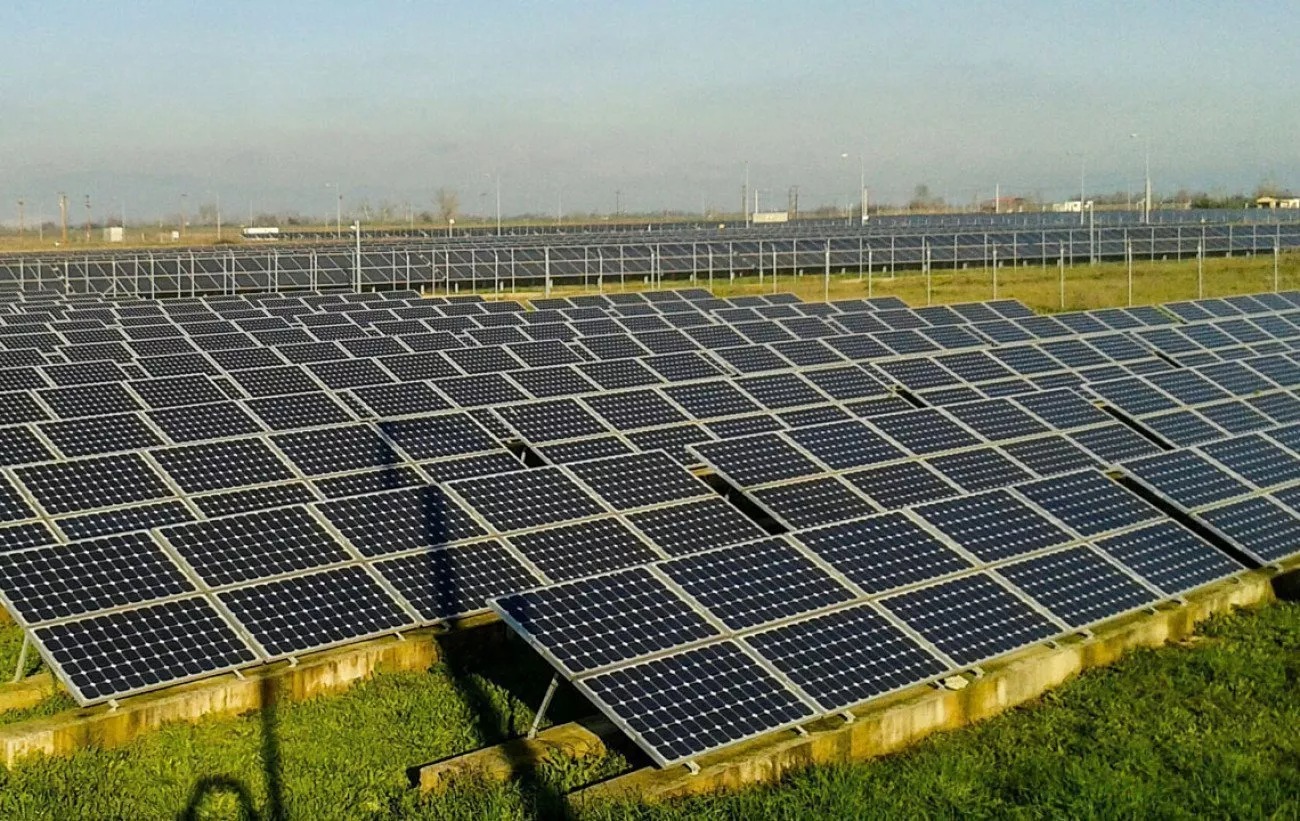The absence of electrical energy storage systems is leading to an even greater increase in the energy produced by renewable sources, which is being discarded, especially during this period.
However, this development was expected, as over time, and particularly from 2022 to 2023, the installed capacity of photovoltaic systems has increased significantly and continues to grow, without a corresponding increase in electricity consumption, mainly during spring and autumn.
This obliges the Transmission System Operator and the Distribution System Operator (DEDDIE Networks) to discard significant amounts of green production, as they are required to maintain energy produced by conventional units of DEDDIE in the transmission and distribution system at all times.
These conventional units, due to their stable and fully predictable production, ensure stability and security in the system, unlike electricity from renewable sources.
It is confirmed that the issuance of licenses by the competent authorities for an increasing number of photovoltaic systems, without simultaneous provision by the state and the private producers and electricity suppliers for the installation of storage systems, leads to stagnation in the penetration of RES in the energy mix, despite the increasing installation of photovoltaics.
It also leads to significant revenue losses from private sector investments in RES.
If these investments were combined with investments in storage, the losses would be significantly smaller for producers and suppliers.
On the other hand, the installation of storage systems, due to their high capital cost, is expected to lead to further increases in kilowatt-hour costs for consumers.
Although CERA (RAEK) has already issued licenses for standalone power storage systems up to 100 megawatts and other licenses for 90 megawatt hybrid storage systems that will support existing photovoltaic parks (to store energy currently being discarded), no investments have been made by private producers so far.
Most are waiting for the state subsidy scheme for batteries, through which an amount of 40 million euros is expected to be spent, secured by the EU Recovery Fund.
Information from Phileleftheros suggests that this scheme is quite likely to be announced in April.
It will take several months or even years for applications to be approved and licenses to be implemented, so the problem of discarding green energy due to low consumption during certain periods will continue and worsen.
The extension of the green energy cut problem causes issues in serving large commercial consumers contracted with entrepreneurs within the Transitional Electricity Market Regulation, as there is insufficient energy left to cover needs based on bilateral contracts.
The Transmission System Operator had forecasted for 2024, raising the percentage of energy produced from controlled photovoltaic systems (excluding household net metering) to be discarded throughout the year to 28%.
From the energy cut data within the first two months of 2024, it already seems that the cuts will be significantly higher this year compared to last year, without even having data for March and April, which are usually the months with the highest need for cuts.
For example, on 28/2/24, energy cuts from photovoltaics reached 63%, while on 27/2, cuts were 67% of total RES energy. On 25/2, it was 75%.
Most days in February had cuts at rates above or well above 25%, while only a few days had single-digit cut percentages.
Even worse are expected to be the cut measurements for March, which will be known in early April.
In December 2023, according to the data of the Transmission Operator, the installed capacity from photovoltaic systems was 638 megawatts, almost 200 megawatts more than what was installed in January 2023.






